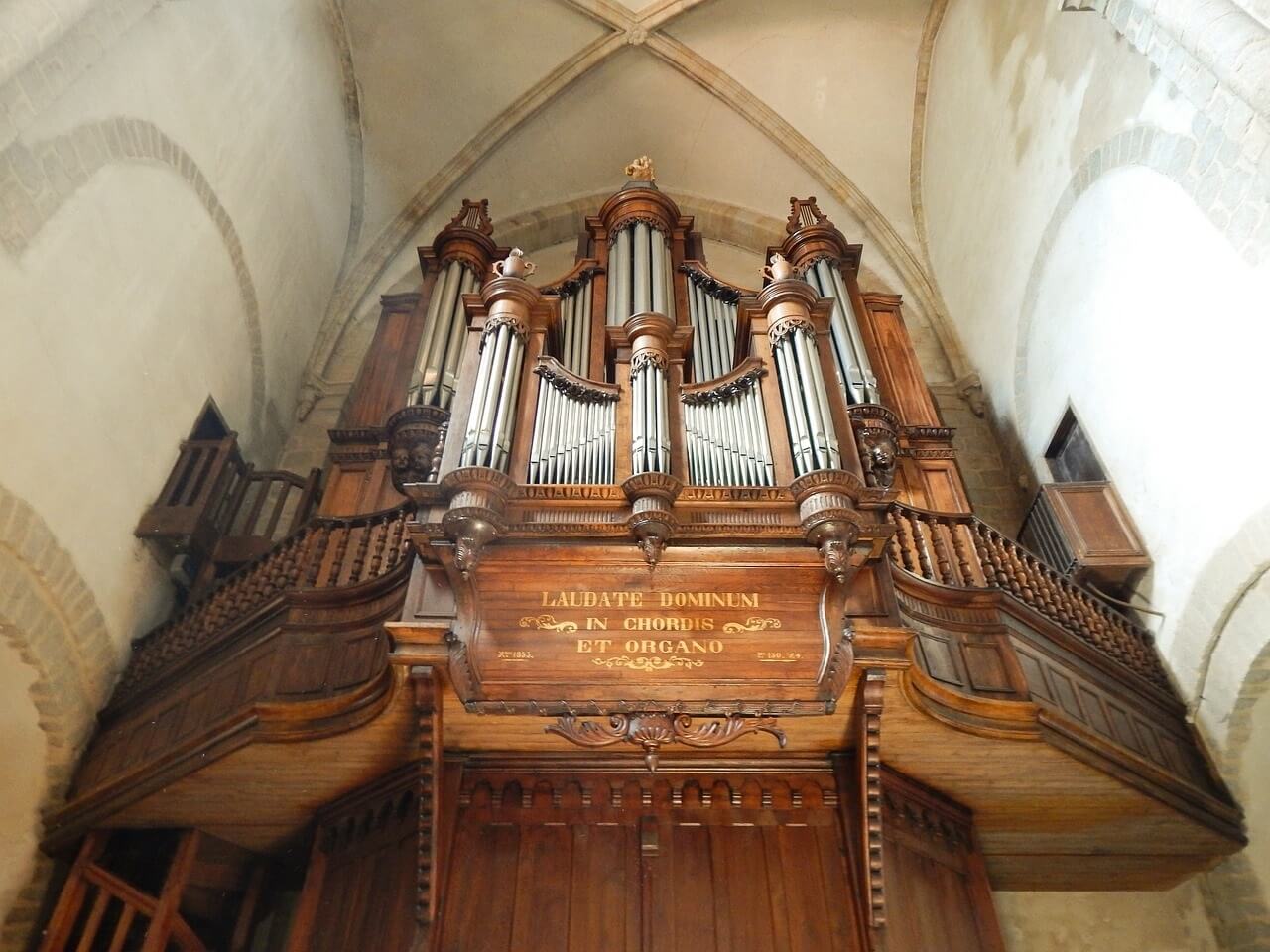“Tota pulchra es, Maria” is the cry of the Solemnity of the Immaculate Conception of the Blessed Virgin Mary — a cry that rises towards the All Beautiful One, in which the splendor of God’s glory shines.
They are words of ancient Franciscan origin, which are found even today in the antiphons sung, or read, attached to the psalms in the Second Vespers of this solemnity. They follow closely the Song of Songs and the Book of Judith: in the beautiful Shulamite of the little poem attributed to King Solomon, they recognize the Blessed Virgin, all beautiful, pure, holy, and immaculate. In the beautiful Judith beheading Holofernes, the enemy of Israel, they recognize the figure of Mary crushing from the first instant the serpent’s head, the enemy of the human race.
Tota pulchra es, Maria.
Et macula originalis non est in Te
Tu gloria Ierusalem.
Tu lætitia Israel.
Tu honorificentia populi nostri
Tu advocata peccatorum.
O Maria, O Maria.
Virgo prudentissima.
Mater clementissima.
Ora pro nobis.
Intercede pro nobis.
Ad Dominum Iesum Christum.
“Thou art all fair, O Mary! And the original stain is not in thee (cf. Song of Songs 4:7)! Thou art the glory of Jerusalem! Thou, the joy of Israel! Thou art the honor of our people (cf. Judith 15:10)! Thou art the advocate of sinners! O Mary! O Mary! Virgin most prudent! Mother most merciful! Pray for us, intercede for us with our Lord Jesus Christ.”
So the liturgy sings, and many works of art — painting, sculpture, literature, music — have tried to describe it.
Among the various composers who have set this text to music, the German Robert Schumann (1810–1856), the great Romantic composer, stands out. He inserted it as Offertorium in the Missa sacra for soloists, chorus, and orchestra in C minor, Op.147 — perhaps because since 1836, when he lived in the Red College of Leipzig University, he was fond of an engraving of a Raphael Madonna placed on his desk. Maybe because in the early 1840s, he considered the subject of the Virgin Mary an “excellent text” for an oratorio. This composition was probably destined for a Marian feast. It is a fact that here we are, facing a page of a supernatural lightness, worthy of the intimate tones of the latest Schumann, composed by a Lutheran — who had planned to write an oratorio on the German heresiarch — in honor of the Blessed Virgin Mary.
Perhaps someone will object: duty, not enthusiasm. In Düsseldorf — where he had moved in 1846, in failing health, especially with regard to mental faculties — our author was music director of the Municipal Orchestra and Chorus, a title for which he had to organize and conduct a professional orchestra and a choir of amateurs, as well as to perform music for the Catholic liturgy two or three times a year. As late as 1830, Robert Schumann described himself as “religious without religion.” If you consider the enthusiasm with which he accepted his new position in Düsseldorf, as well as his growing interest in sacred music — Catholic — towards the end of his career, you can see something more.
In a letter dated 13 January 1851 to August Strackerjan, an admirer of Oldenburg, Schumann writes:
A musician’s highest aim is to apply his powers to religious music. But in youth we’re all rooted to the earth with its joys and sorrows; in riper age the twigs struggle upwards. So I, too, hope that this struggle will not be too faint. (W. J. Wasielewski, Life of Robert Schumann, London, W. Reeves, 1878, pp. 169-170)
The Mass in C minor, Op 147, and the Requiem, Op. 148, are the last two works in Schumann’s catalogue. They were composed for Düsseldorf without a break, respectively, between February–March and April–May of 1852, and they were really his “swan song.”
The Mass, which the German composer would never hear in full during his lifetime, is scored for a large symphonic-choral organic. The orchestra includes woodwinds and brass instruments divided into two, three trombones and organ. The mixed chorus is written in four parts and often in homophony (style in which a main voice, generally the soprano, sings the melody supported by the harmony of the others), with polyphonic passages up to culminate in the fugues that conclude the Gloria (Cum sancto spiritu), Credo (Et vitam), and Sanctus (Amen). The general atmosphere, starting with the chosen key of C minor — seen elsewhere only in Mozart’s Mass in C minor, K.427 — is intimate and prayerful; and this finds confirmation in the prevalence of slow movements even in those numbers that are traditionally more moved, such as the Gloria and the Credo; three soloists, instead of the usual four (soprano, tenor, and bass without alto) with brief interventions, indeed with the choir being the protagonist of the entire work.
The Offertorium, which, varying for each Mass generally doesn’t find a place in the ordinary, is the only solo moment, with the soprano singing accompanied by the organ and the cello solo (but the accompaniment can be replaced by a string quartet con sordino, with the insertion of mutes). It is not a Lied, one of the two hundred and fifty German songs composed by Schumann, but an absorbed prayer, in heartfelt veneration for that Woman, exempt from original sin from the very first moment of her conception, to whom one can say, “et macula non est in te,” to obtain maternal intercession. It’s the most intimate and perhaps most beautiful movement of this work.
Those today saddened by the nonsense contrary to the faith and the honor of the Immaculate (the reader will remember “mariolatry,” which Congar & Co. assail since the times of the Council, worried that the sun could be obscured by the moon) might be consoled with Schumann’s Tota pulchra.


